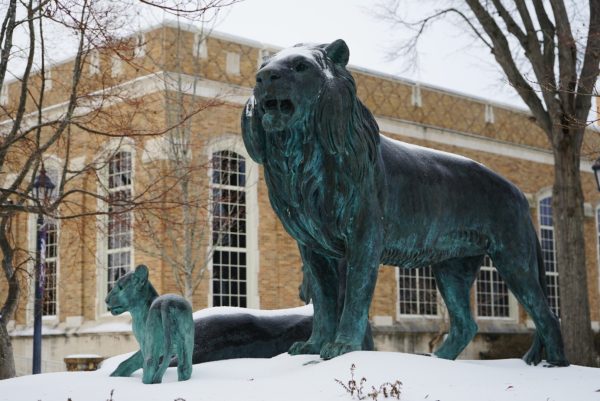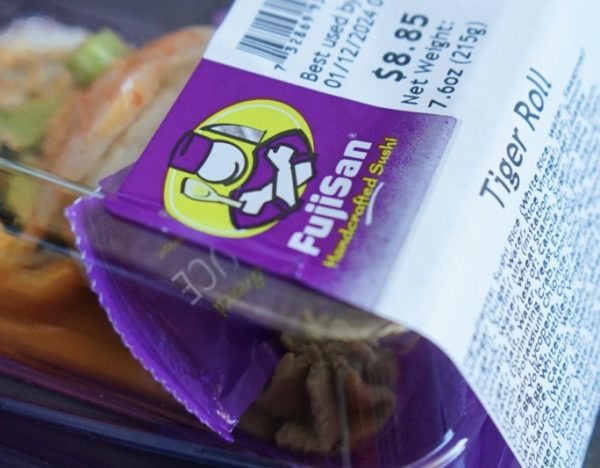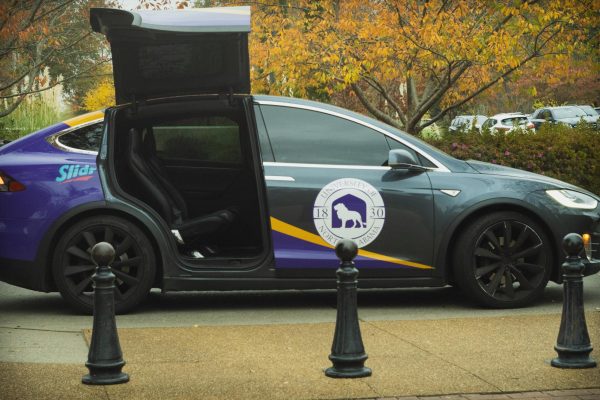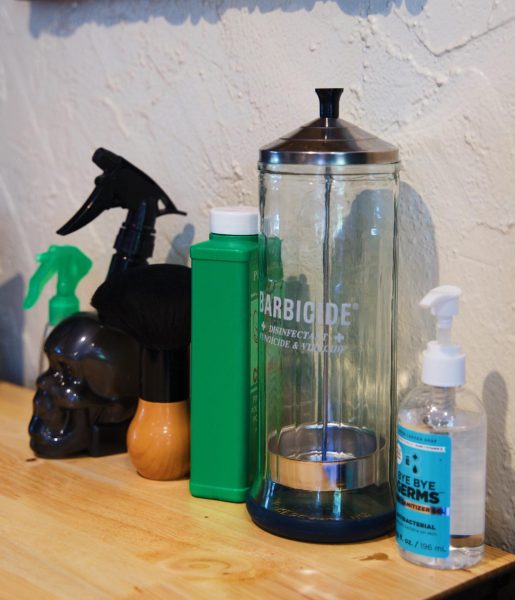Hurricane Ida ravages eastern United States
Featured Interview
September 16, 2021
The 16th anniversary of Hurricane Katrina did not only yield a day of remembrance, it also heralded Hurricane Ida’s landfall in Port Fourchon, La.
The hurricane is considered one of the most damaging hurricanes to hit the state of Louisiana, second only to Katrina. Ida originated from a tropical wave and rapidly developed into a hurricane in less than 48 hours. Ida made it clear from the start that she was not a storm to be messed with. Her near-record breaking 150 mile per hour winds and $50 billion worth of damage is enough to prove that. Her wrath caused a complete shutdown of Gulf Coast oil production and, as of Sept. 8, the deaths of 97 people.
Cuba was the first country to meet Ida just after she was categorized as a hurricane. At the time, Ida was just a category one hurricane, but that didn’t save Cuba from damage. Flooding, roughly 60 mph winds and electrical damage were left in her wake. Next, she passed over the Gulf of Mexico and intensified, reaching her peak strength at 150 mph as she raced toward the United States.
Just before noon (CST) on August 29, Hurricane Ida made landfall, crashing into Port Fourchon, La. The storm surge was likely about 10 to 12 feet (the final report is yet to be published). What followed were widespread power outages across Louisiana and major flooding. Not only did Ida wreck Louisiana, but her fury traveled all the way through the Northeastern United States. New York, Pennsylvania and New Jersey were just some of the New England states that experienced the storm firsthand. New York’s subway systems were flooded. New Jersey had multiple tornadoes, including an EF-3. Canada’s Northumberland Strait saw 62 mph winds.
James Spann, Emmy-winning WBMA-LD meteorologist and household Alabama name, gives scientific insight on Ida.
“I think New York City just doesn’t have the infrastructure to handle that kind of rain. They never have,” Spann said. “It’s a political thing; Is it worth rebuilding the infrastructure for something that happens every 15 or 20 years? I don’t know.”
Compared to Katrina, Ida spared roughly 1,600 lives. Spann credits the updated levee system and better reception to evacuation warnings for the lower death count. Louisiana’s biggest issue during Katrina was the lack of a proper levee system. Since Katrina, advances have been made to avoid such catastrophic results.
“The levees held and they did a great job,” Spann said. “The engineers did a really great job with the levee system to prevent that kind of tragedy with Ida. The real tragedy was south of New Orleans this time. It was the same with Katrina, but nobody really talked about it because of the levee failure in New Orleans.”
Hurricanes are often seen as some of the most devastating storms. While wind speeds in tornadoes are usually much higher, they last for a shorter amount of time. Tornadoes can last for minutes while hurricanes can last days or weeks. It would make sense that tornado warnings would trail some 40 years behind in issuance. Over the years, Southerners have become more and more receptive to hurricane evacuation orders. Spann believes it has something to do with the difference in death count for the south and New England. He says it isn’t just a matter of meteorology, but of social science.
“[Northerners] just don’t listen to warnings. They really don’t,” Spann said. “I’m not faulting them, they just don’t get that many. I don’t think many people did anything when a flash flood warning was issued for New York City. Down here we respond. We listen to the warnings, but up there they’re just not used to that, and there wasn’t much response.”
When it comes to hurricane strength, a lot of it depends on the heat content of the ocean — an ocean that is 80 degrees Fahrenheit or upwards is perfect brewing ground for severe hurricanes such as Ida and Katrina — and light winds aloft to ventilate the brewing storm. Most of the storms that hit North America (particularly the east coast) are formed in the Atlantic Ocean. They rotate and evolve from a thunderstorm to a tropical storm to a hurricane. Think of it as a butterfly effect of sorts. Some warm water and light winds in the Atlantic Ocean can cause a massive hurricane.
“Typically we know these things are coming,” Spann said. “The biggest challenge in weather forecasting is getting the intensity right. In the case of Ida, it worked out pretty well.”
When it comes to the damage from Ida, Ryan Rodriguez has seen it firsthand. Rodriguez lives in Lafayette, La., though he is a Huntsville native and East Limestone graduate. After hearing of the damage from Ida in Louisiana’s smaller communities, he decided to help those who were left most vulnerable. He is miraculously balancing college classes, work, and his relief project. He compared Ida to a day most Alabamians know all too well: Apr. 27, 2011. On that day, 59 tornadoes touched down in Alabama. The damage from Ida likens that of the 2011 Super Outbreak.
“Your homes are demolished, but on top of that, you can’t leave your house,” Rodriguez said. “If you leave your house there’s a chance you won’t be seen again if there’s water outside. The currents are so strong and so deep.”
As of Sep. 4, Rodriguez has raised $7,000 in cash and has raised another $4,000 in direct supply donations. He and his small team have continuously shipped out bundles of supplies to families in need. He has also made a point to prioritize infants and young families. He has received many text messages requesting baby food, diapers and baby clothes. His mission is to have as many people helping as possible and to make as big of an impact as possible in small communities. He filled his own house and his fraternity’s house up with supplies to send out to Ida victims.
“I’m very thankful to the communities of Florence, AL.; Huntsville, AL.; Birmingham, AL.,” Rodriguez said. “All of those communities that I know personally, they alone got it started. Alabama was my only funding for my first few days.”
Like Spann, Rodriguez puts emphasis on how bad small communities have been hit. He credits the Cajun Navy, a network of private boat owners who help families escape from hurricane damage, for a lot of the volunteer work done. Even the people who serve these communities go without. Rodriguez has seen power line workers sleeping outside and going without food. He has heard of a mother with a newborn baby scavenging for food and eating worms. He spoke with a man who was robbed at gunpoint in front of his wife and children.
There is such a sense of community in the state of Louisiana through volunteers alone. Rodriguez said that he would continue to provide support so long as money keeps being sent and plans to help communities every hurricane season. People from all over the country have reached out to help Ida survivors. Everyone is working toward a common goal — to help others.














